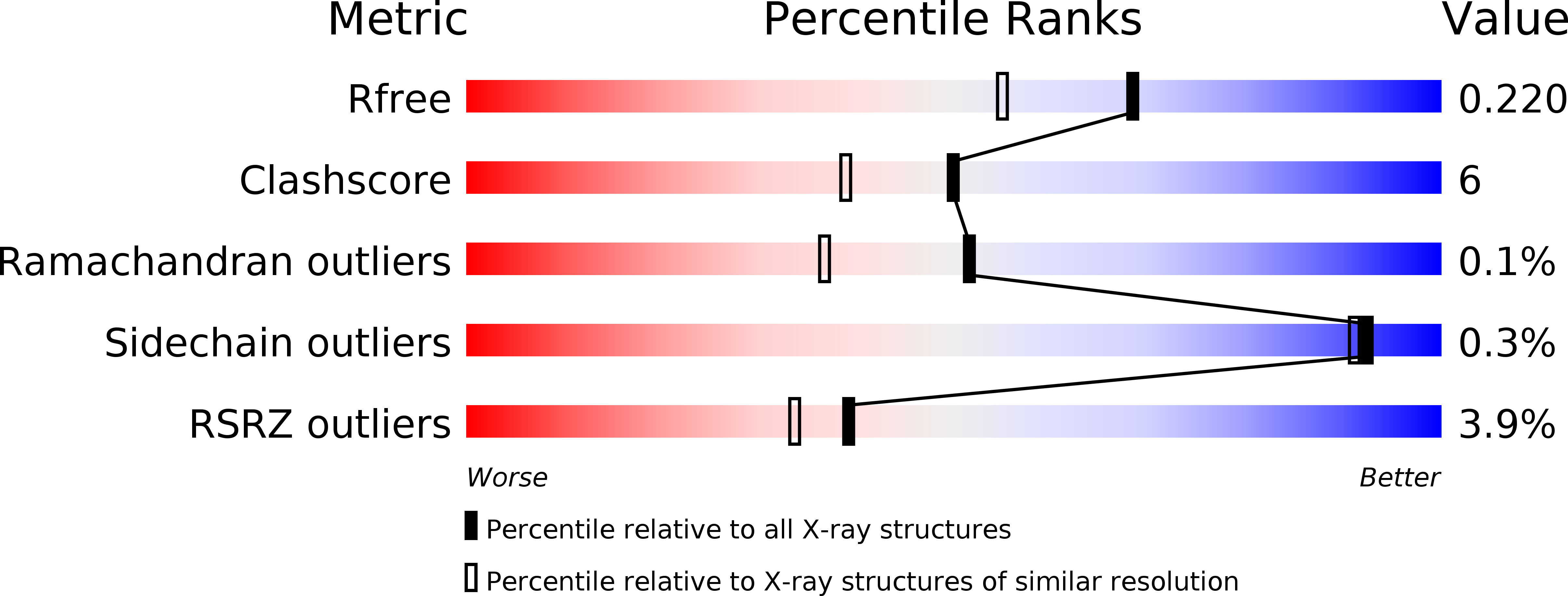
Deposition Date
2010-12-24
Release Date
2011-02-09
Last Version Date
2024-10-16
Entry Detail
PDB ID:
3Q4U
Keywords:
Title:
Crystal structure of the ACVR1 kinase domain in complex with LDN-193189
Biological Source:
Source Organism:
Homo sapiens (Taxon ID: 9606)
Host Organism:
Method Details:
Experimental Method:
Resolution:
1.82 Å
R-Value Free:
0.21
R-Value Work:
0.16
R-Value Observed:
0.16
Space Group:
P 1 21 1


